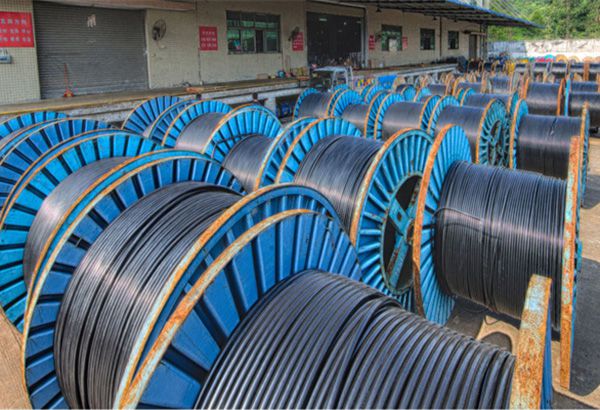Introduction:
In today's modern world, seamless communication is a vital aspect of our daily lives. From internet connectivity to telecommunication networks, we rely heavily on fast and efficient data transmission. One of the key technologies that enable this seamless flow of information is optical fiber cables. In this article, we will delve into the components and technology behind optical fiber cables, exploring their structure, transmission capabilities, and their importance in various industries.
What are Optical Fiber Cables?
Optical fiber cables are thin, flexible strands made of glass or plastic that transmit information in the form of light signals. These cables consist of multiple layers that protect the fragile fiber within and provide enhanced durability. The core component, known as the fiber optic strand, is responsible for carrying the light signals from one point to another.

Structure and Components:
The structure of optical fiber cables consists of several crucial components:
a. Core: The core is the innermost part of the cable and is made of high-quality glass or plastic. It serves as a pathway for light signals to travel through.
b. Cladding: Surrounding the core is the cladding, which is also made of glass or plastic. The refractive index of the cladding is lower than that of the core, allowing the light signals to remain trapped within the core by a process called total internal reflection.
c. Buffer Coating: To protect the delicate core and cladding, a layer of buffer coating is applied. This coating acts as a cushion against external factors such as moisture, temperature fluctuations, and physical stress.
d. Strength Member: Optical fiber cables often contain a strength member, such as aramid yarn or fiberglass, which provides tensile strength, protecting the cable from stretching or breaking.
e. Jacket: The outermost layer of the cable is the jacket, which shields the internal components from environmental damage. The jacket is usually made of materials like PVC or LSZH (low smoke zero halogen).
Transmission and Technology: The transmission of data through optical fiber cables relies on light signals and various technologies. Let's explore some key concepts:
a. Total Internal Reflection: As mentioned earlier, total internal reflection is a critical principle that ensures the light signals remain within the core of the fiber optic strand. This phenomenon occurs when the angle of incidence exceeds the critical angle, causing the light to bounce back into the core rather than escaping through the cladding.
b. Modulation: Optical fiber cables can carry vast amounts of data by using modulation techniques. In modulation, the light signals are manipulated to represent binary characters (0s and 1s), enabling the transmission of digital information.
c. Multiplexing: Multiplexing is a technique that allows multiple signals to be transmitted simultaneously through a single optical fiber. By utilizing different wavelengths of light or time division multiplexing, multiple channels of data can be transmitted without interference.
d. Wavelength Division Multiplexing (WDM): WDM is a technology that enables the simultaneous transmission of multiple signals over different wavelengths of light. This technique significantly increases the data-carrying capacity of optical fiber cables.
Applications and Importance: Optical fiber cables play a crucial role in various industries and applications. Some key areas where they are extensively used include:
a. Telecommunications: Optical fiber cables form the backbone of modern telecommunications networks. They enable high-speed internet connections, long-distance phone calls, and video conferencing, facilitating seamless communication across the globe.
b. Data Centers: Data centers rely on optical fiber cables for their fast and reliable data transmission needs. These cables ensure quick access to large volumes of information, essential for cloud computing, data storage, and server-to-server communication.
c. Medical Field: Optical fiber cables are widely used in the medical field for various applications, such as endoscopy, laser surgeries, and diagnostic imaging. They enable doctors to visualize internal organs and perform minimally invasive procedures with precision.
d. Military and Aerospace: Optical fiber cables provide secure and interference-free communication channels in military and aerospace applications. They are resistant to electromagnetic interference and can withstand harsh environmental conditions.
Conclusion:
Optical fiber cables have revolutionized the way we communicate and transfer data. Their advanced technology and structure allow for high-speed, reliable, and secure transmission of information across vast distances. From enabling global internet connectivity to supporting critical medical procedures, optical fiber cables have become an indispensable part of our modern world. As technology continues to advance, these cables will play an increasingly vital role in shaping our future communication landscape.



